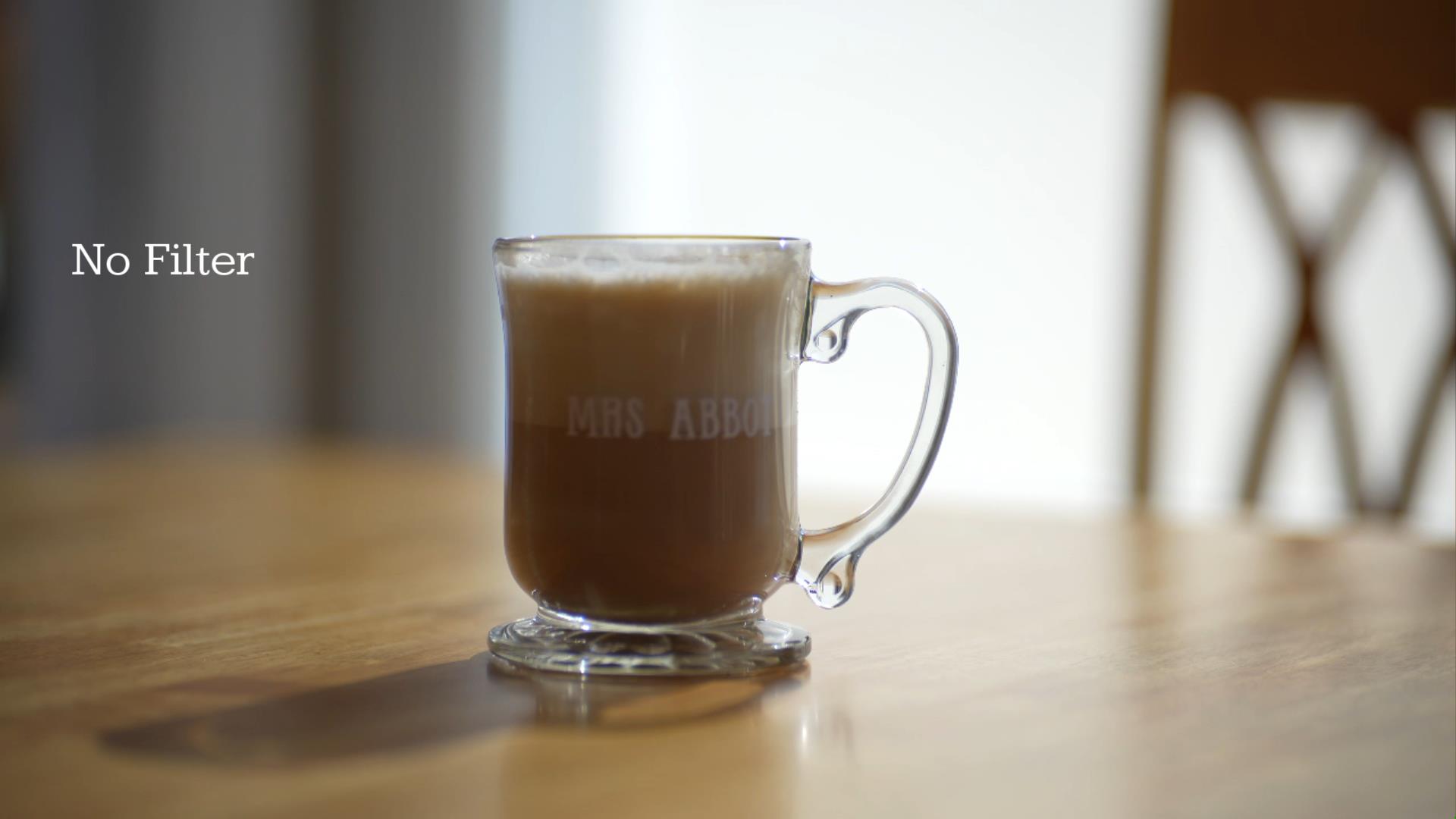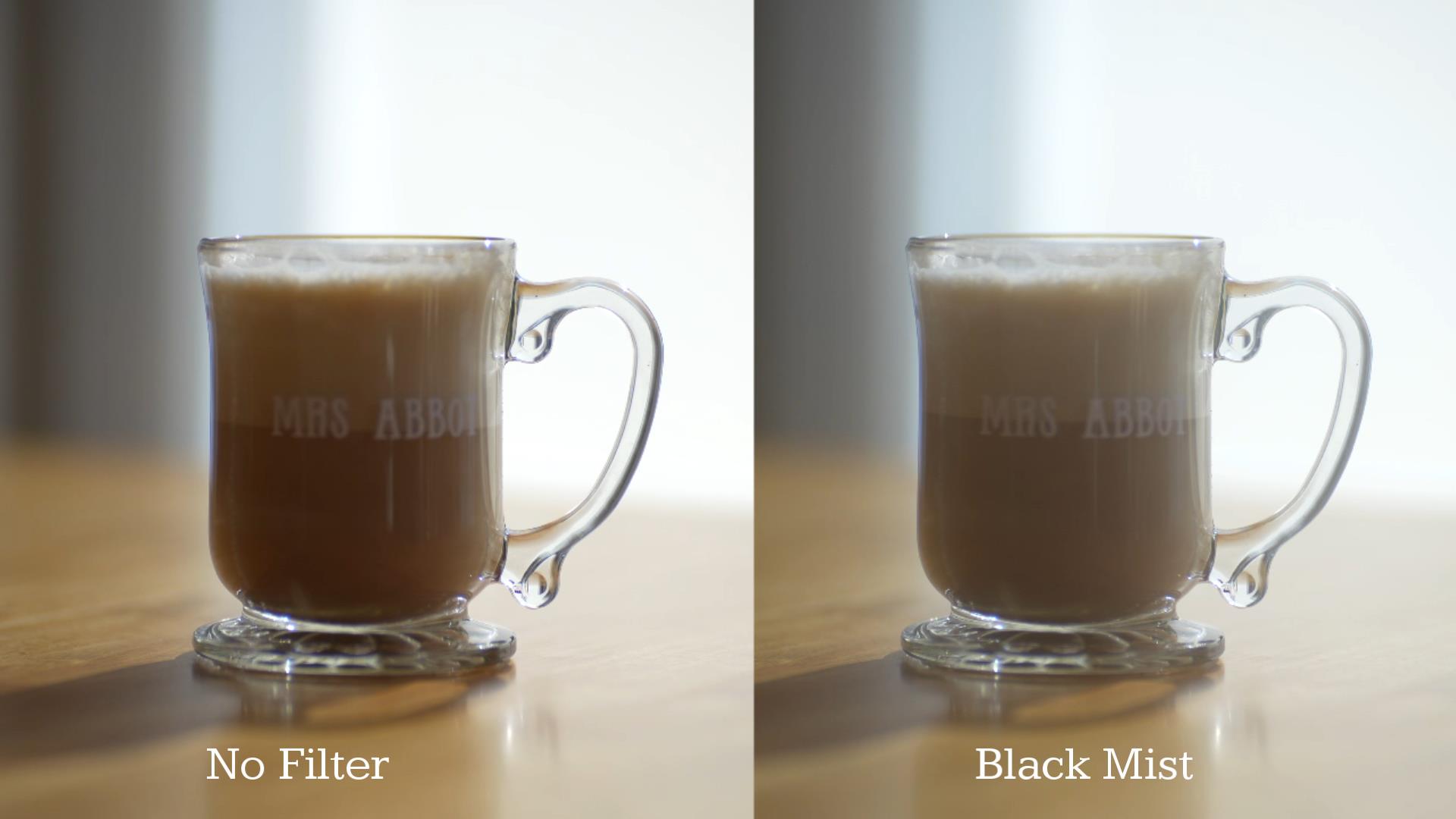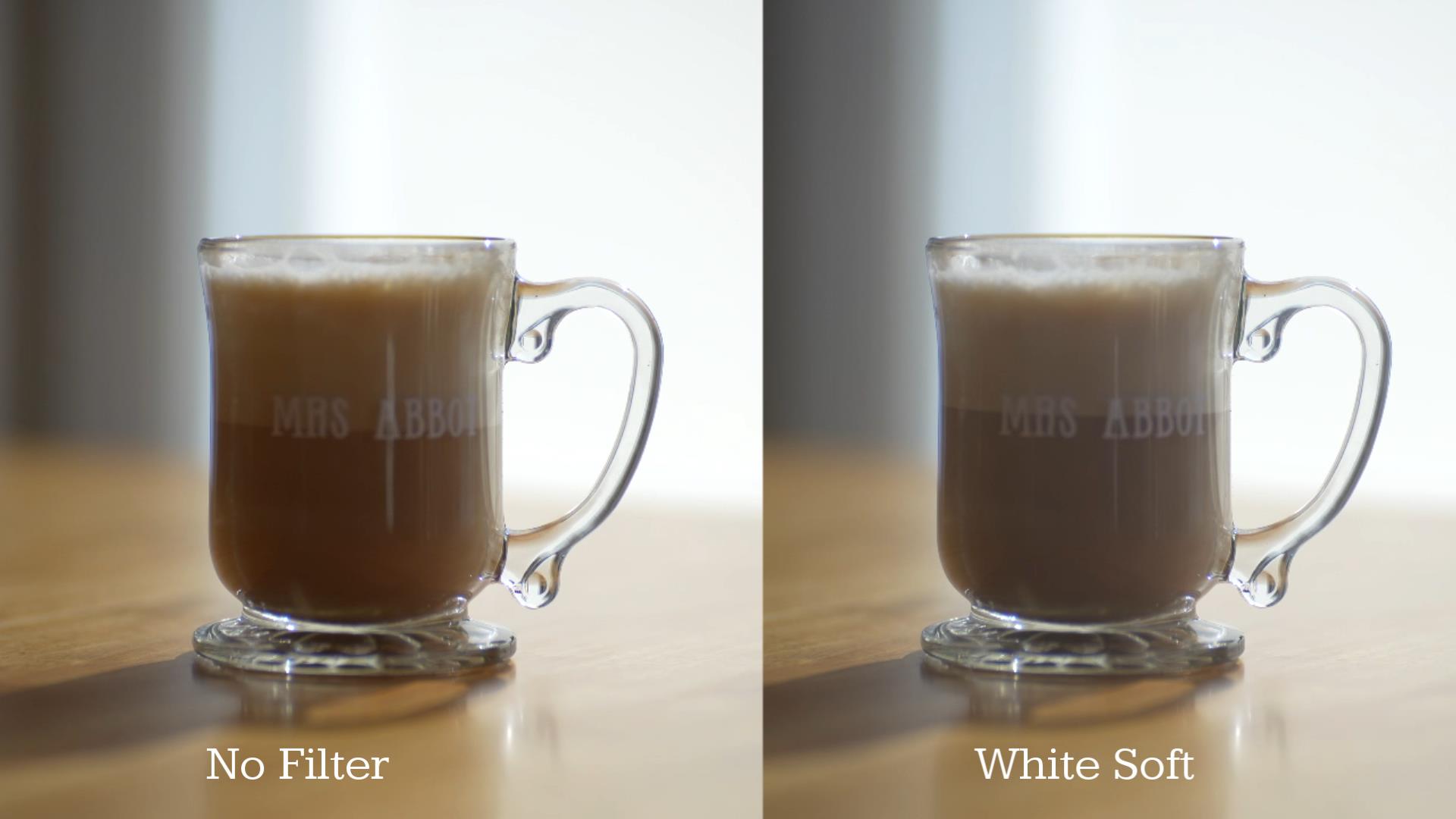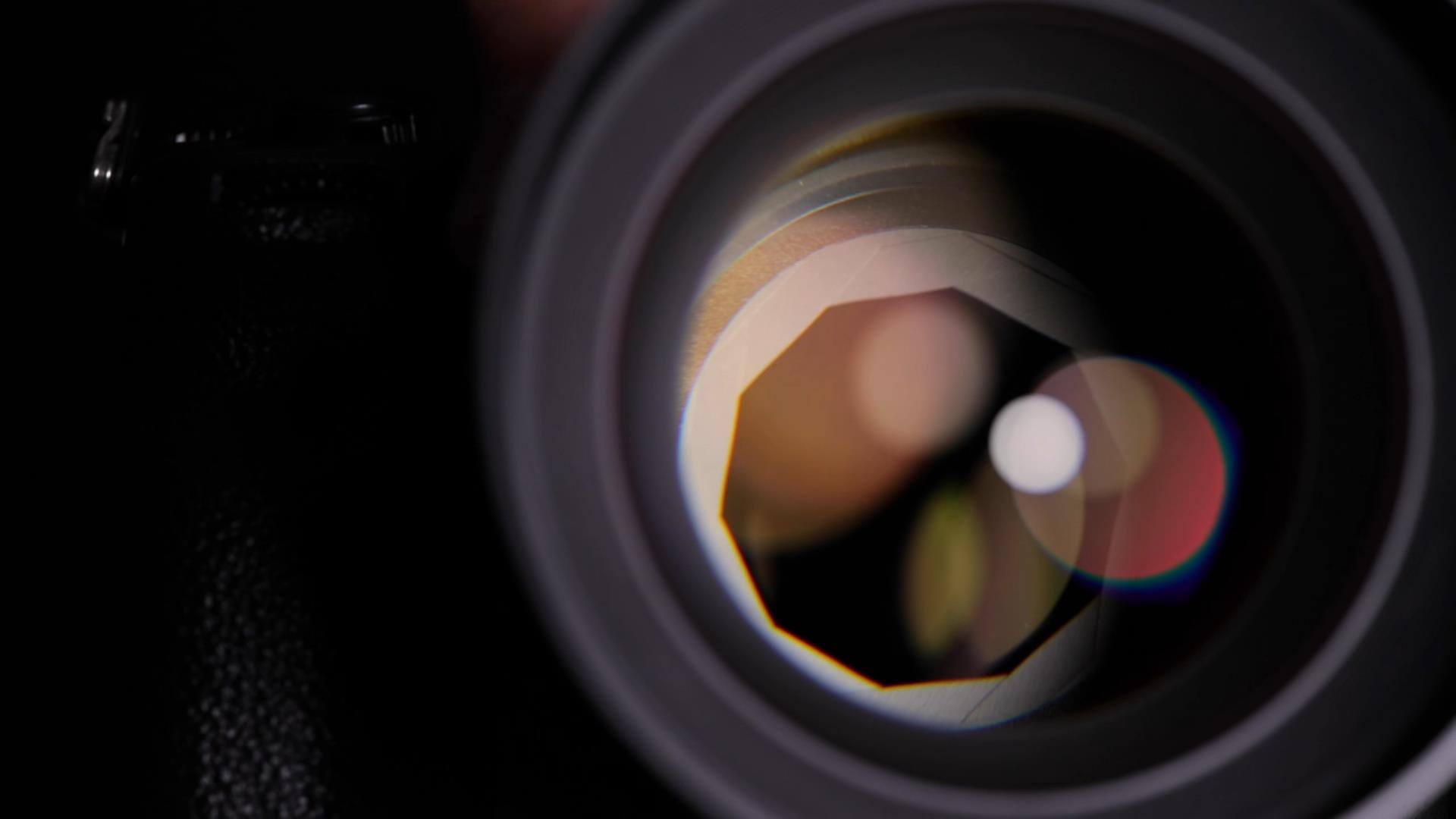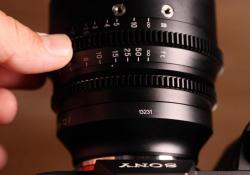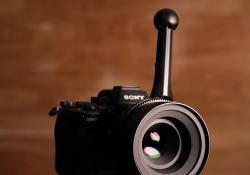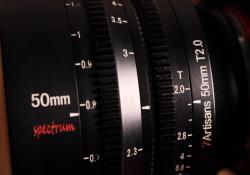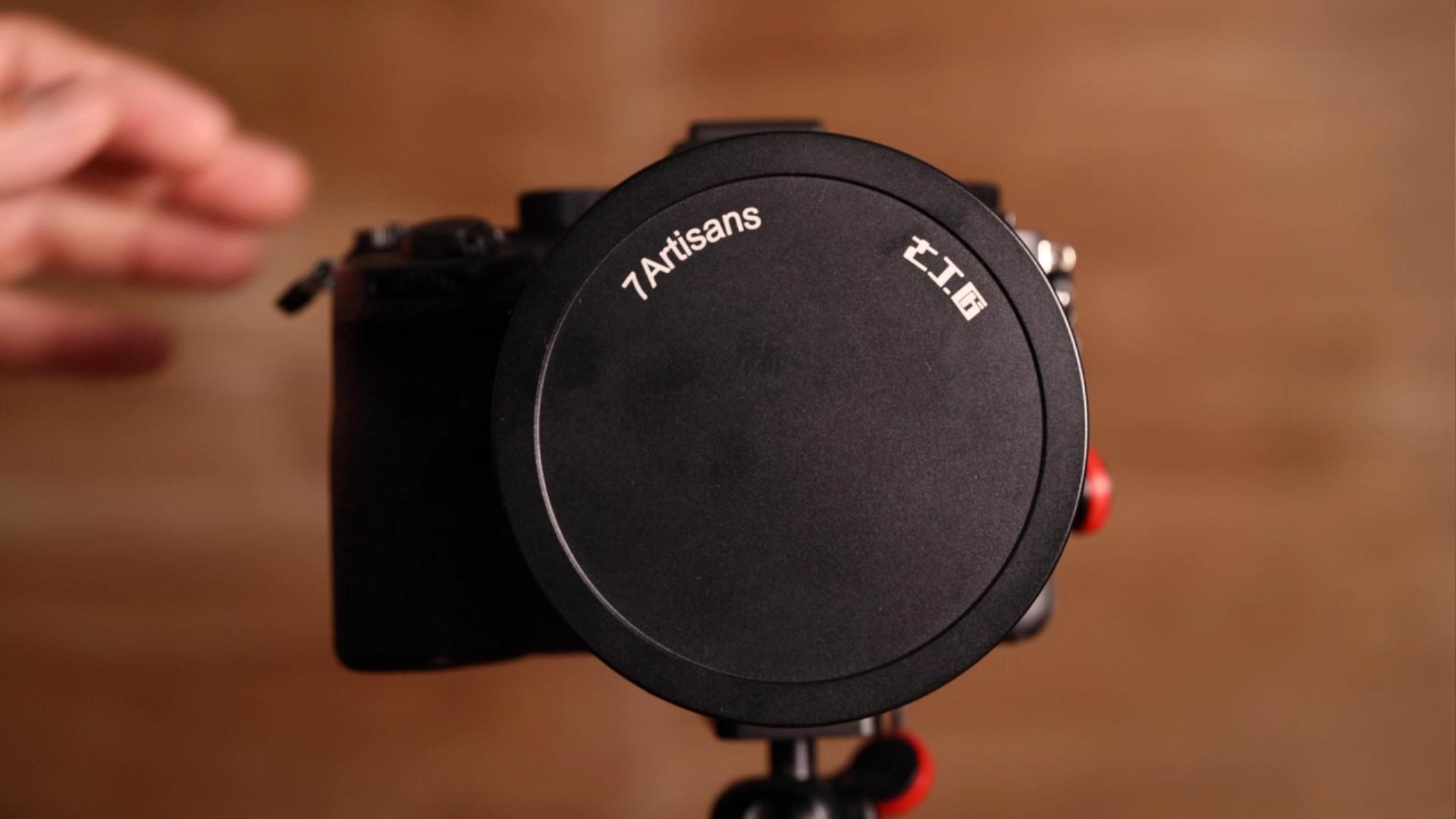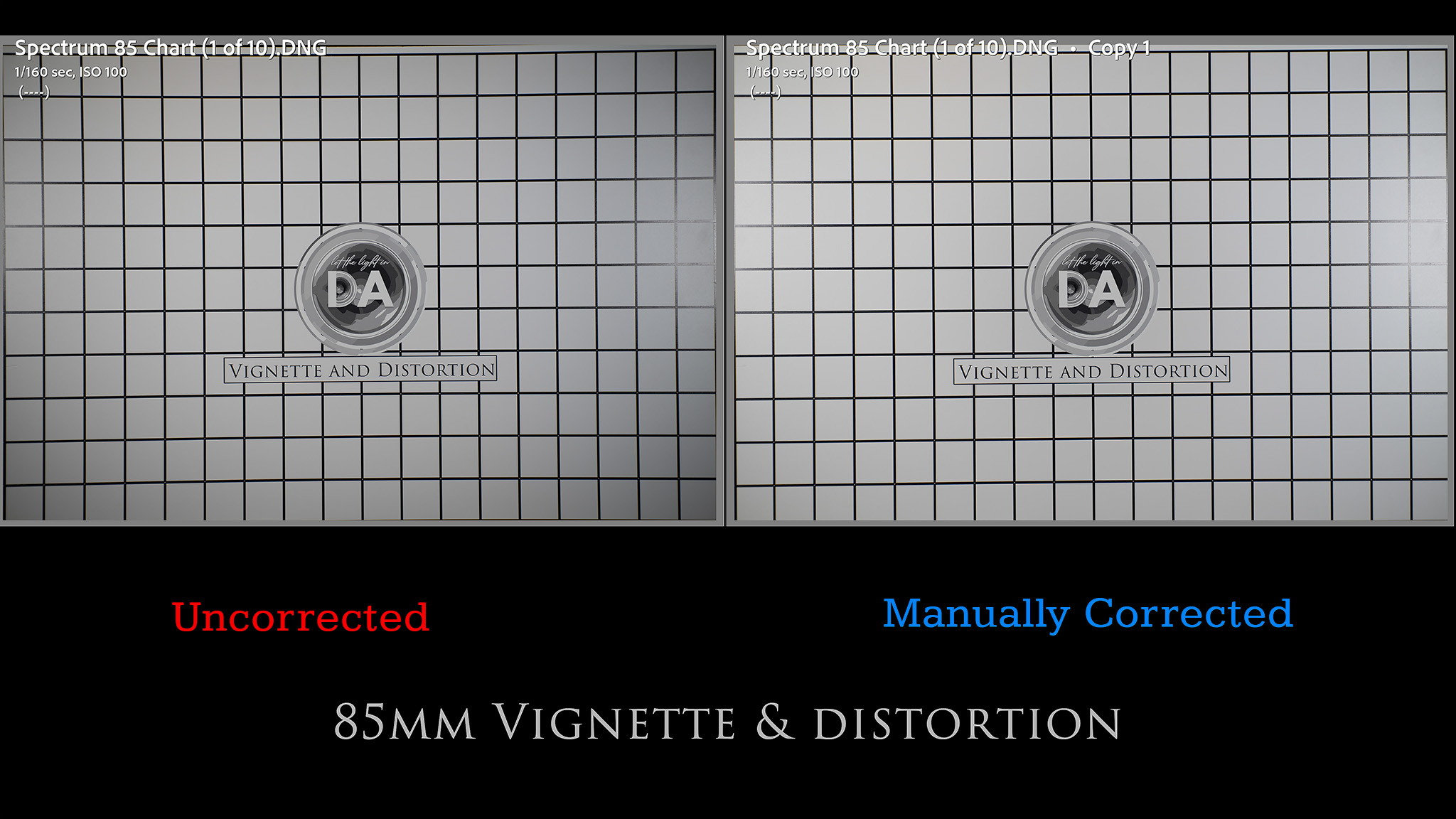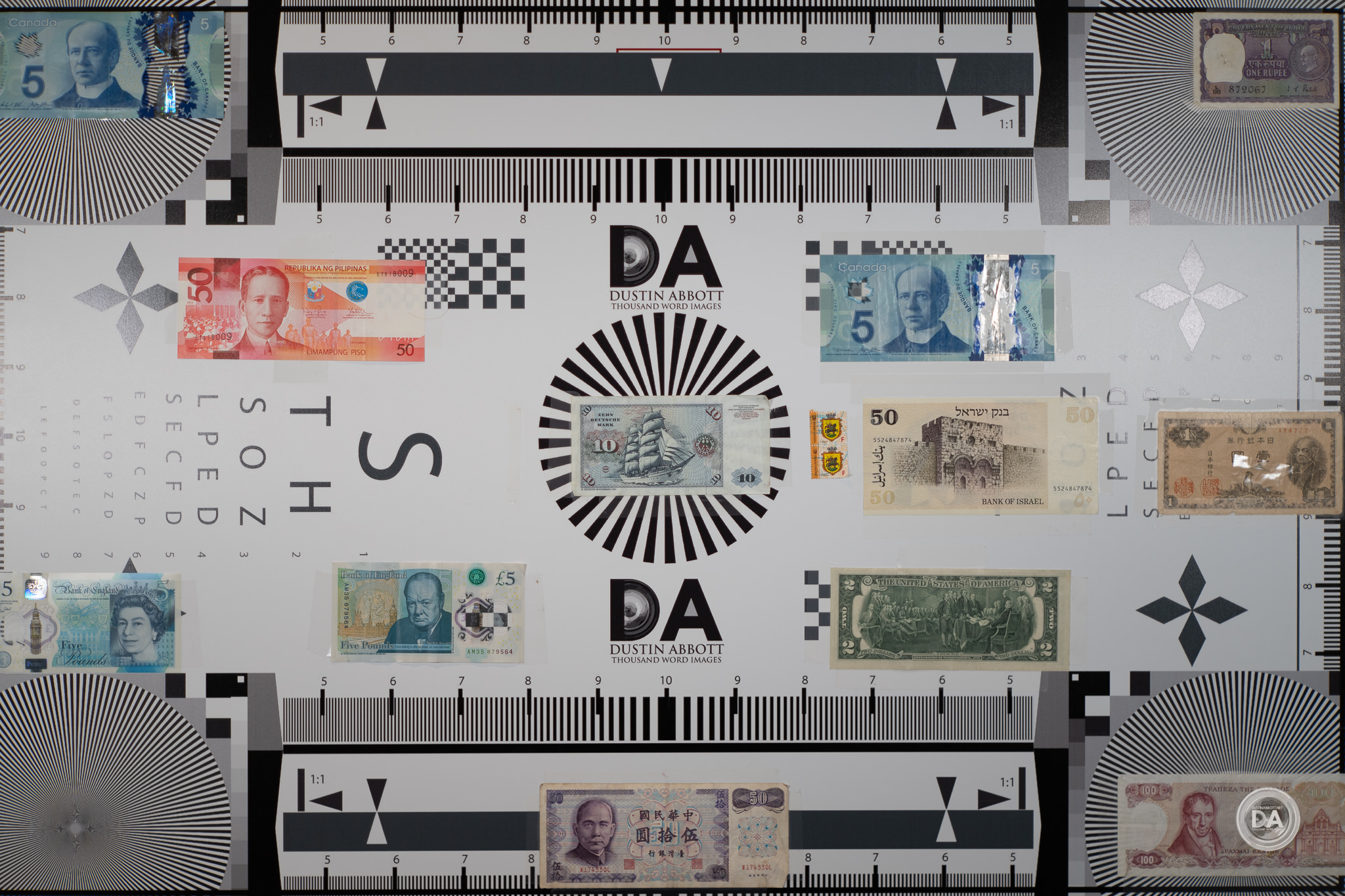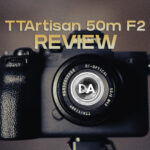I’ve previously spent time reviewing 5 different 7Artisans lenses, most all of them relatively inexpensive manual-everything lenses designed for APS-C and smaller sensors. But recently the company reached out to me and asked about the possibility of my reviewing a very different kind of lens from them – the higher end Spectrum line-up of full frame Cinema lenses. At the moment these come in three varieties – a 35mm T2.0, a 50mm T2.0 (being reviewed today), and an 85mm T2.0. Each of these is available in Sony E (which I’m reviewing on), Canon RF, Lumix (or Leica) L, and Nikon Z. I first reviewed the 50mm T2.0 and liked it well enough to review another in the series, which, in this case, is what I’ll call the Spectrum 85 for brevity.
I typically focus on lenses built designed primarily for stills photography, as I am a photographer first and essentially dabble in cinematography. Cameras are increasingly designed as hybrid devices for which video is nearly as important as photos. Cine lenses tend to be extremely expensive, however, often costing thousands of dollars. Companies like 7Artisans have a chance to fill a gap for either amateurs or lower-budget professionals who cannot afford to spend tens of thousands on their equipment. The Spectrum lenses effectively fill that gap with lenses that range from $379 to $459 USD – this 85mm lens being the high end of the lineup.
This will certainly be an interesting option for those on a tight budget, but is the lens worth using? Find out the full picture in my video review below or by reading the text review that follows.
Follow Me @ YouTube | Patreon | Instagram | Facebook | DA Merchandise | Flickr | 500px
Thanks to 7Artisans for sending me a review sample of the lens. As always, this is a completely independent review. *The tests and most of the photos that I share as a part of my review cycle have been done with the Sony a7IV along with the Sony Alpha 1 which will serve as my benchmark camera for the foreseeable future (my review here).
7Artisans Spectrum 85 Build and Handling
Cine lenses have different priorities than stills lenses, and one of the main ones is uniformity. They are designed to be “geared” or used with focus follow equipment, and that equipment has to attach to the focus and aperture rings. That means that A) those rings need to have a specific design where the teeth of the gearing equipment will line up with the ridges in the rings and B) they need to have a uniform diameter and distance between them so that you can switch lenses without having to change all the settings on your equipment. As you can see from this promotional photo, all three of the Spectrum lenses are designed to be precisely “swappable”.
All three lenses are precisely 89.6mm in diameter, though the length of the lenses vary. The Spectrum 85 we are testing here is 106.8mm in length and weighs in at 832g. You’ll note the weight is fairly heavy due the lens having a very high grade of construction where everything is metal and glass. All three lenses have a front filter size of 82mm, which is large but standard. There are plenty of filter options in this size, and 7Artisans actually will package a number of them with the lens, from Circular Polarizers to Neutral Density filters and a few unique filters like a Black Mist filter or White Soft filter that will change the look of footage like this. Here’s a screen shot from the standard footage:
Contrast that with the Black Mist Filter.
Here’s the same shot contrasted with the White Soft Filter:
There are 10 aperture blades in the iris of the Spectrum 85, which makes for a very circular shape even when the aperture is stopped down. The aperture range is T2-T16 and is of the “declicked” variety so that you can do aperture racking.
Cine lenses are not measured by the size of their physical aperture (reported in F-stops) but rather by their light transmission (measured in T-stops). Typically the T-stop value is lower than the physical aperture size due to some loss of light through the glass elements in the lens. Often an F1.4 lens will have a T-stop value of T1.5 or T1.6, though some lenses with poorer light transmission will have even a larger variation between the two measurements. It is very rare that a lens has an identical F-stop and T-stop value. These being cine lenses, the maximum F-stop is not mentioned, though I suspect that it would probably be somewhere around F1.8. The Spectrum 85 is fairly bright, and can deliver nicely shallow depth of field shots.
Mechanically the two most important components on a cine lens are the focus ring and the aperture ring. Most cine lenses are manual focus in order to give the cinematographer full control over what is in focus and how quickly focus transitions happen. The focus throw here is very long (270°) to allow for precision, but it does mean that making major “run and gun” focus changes manually could be tough. Gearing is going to work best, though I get better handheld results by using something like this “FocusShifter” that I’ve used for years to allow me to rotate the ring without the limitations of my wrist’s rotations.
The focus ring moves with perfect smoothness and damping, though the aperture ring is a little stiffer than what I would like – the Spectrum 50mm was better. In general, though the rings are a joy to use, and, as noted already, they are deeply ribbed to accept gearing. Focus throws are easy to control and there is little to no focus breathing.
The minimum focus distance of the Spectrum 85 is 79cm, so the resulting magnification level isn’t exceptional. Here’s a look at what MFD looks like:
There are a variety of locations on the lens where a threaded hole awaits the use of included screws to use in conjunction with a stabilizer. My 7Artisans rep told me that these are used infrequently.
The front lens cap slips over the front assembly of the lens and isn’t too deep (fortunately), so it isn’t difficult to store.
There are no electronics in the lens and no weather sealing, though frankly you’re already getting a LOT of lens for this price ($459 USD).
Overall I’m quite impressed with the build quality – it is high quality metals and feels very pro-grade, which is surprising considering the price point. I’ll also note that these are very attractive lenses. They look expensive…even if they aren’t.
7Artisans Spectrum 85 Image Quality
The Spectrum 85 has an optical formula with 9 elements in 8 groups. I found the lens to be very sharp wide open in the center of the frame, fairly good in the mid-frame, and somewhat soft in the corners.
You can find more details in my video review, as my review is more focused on video performance than stills performance, but I will explore a bit of the optical performance briefly here.
7Artisans has worked to control distortion and vignette reasonably well here, with some very, very minor pincushion distortion (-3 to correct) and a moderate amount of vignette (+58 to correct, or slightly over two stops).
Longitudinal chromatic aberrations (LoCA) typically show up as purple/magenta fringing before the plane of focus and blue/green fringing beyond the plane of focus due to colors not being perfectly focused together. They typically diminish as the lens is stopped down to smaller apertures. I saw only minimal fringing in my footage.
This real world image with out of focus bokeh highlights shows little damage from chromatic aberrations.
Lateral chromatic aberrations (LaCA) show up as fringing on either side of contrast areas (like tree trunks, for example) along the edges of the frame. Unlike LoCA, they do not improve when stopping the aperture down, but are much easier to correct for (typically a one click “remove chromatic aberrations” box in editing software). There’s very little LaCA to be seen here:
So how about sharpness? We’ll do our formal test on the full frame (35mm) image circle that the lens is designed for, using the 50MP Sony Alpha 1 for this series of tests. Here’s a look at the test chart:
And here are the T2.0 crops at nearly 200% magnification, taken from the center, then mid-frame, and then extreme lower right corner:
I see a very good center result, still very good mid-frame result, but softer corners.
My real world results focused in more typical spots look great, with good detail and contrast:
The midframe started to sharpen nicely by F2.8, but the corners weren’t sharp until F8.
I liked the quality of the bokeh much better with the Spectrum 85 than what I did with the Spectrum 50.
Colors seems pretty good, and I particularly like what I can get when shooting in SLOG and then grading. Here’s a frame from a graded shot of Nala, which looks great:
The Spectrum 85 has minimal veiling issues, but overall flare resistance was quite good. Here the bright reflected sun has not destroyed contrast at all.
In general, however, I do like the look of footage from the Spectrum 85 and think that is provides very good value for a cine lens at this price point.
Conclusion
In conclusion, I’m fairly impressed with the 7Artisans Spectrum 85mm T2.0 cine lens. Everything from the packaging to the build quality to even the image quality suggests a more expensive lens than what the $379 USD price tag projects. The lens is functionally excellent, and 7Artisans has done their homework in designing a series of lenses that can be quickly swapped by cinematographers.
The image quality is quite good and I’m much more partial to the bokeh quality here than on the Spectrum 50mm.
Those that are interested in filmmaking or cinema lenses but have a tight budget will surely find the Spectrum series from 7Artisans of interest. This Spectrum 85mm T2.0 is well made, nicely performing, and, perhaps most importantly, affordable.
Pros:
- Very nice build quality
- Shared design elements for hot swapping
- Well damped focus ring
- Excellent price
- Little focus breathing
- Good resolution and contrast over most of the frame
- Good flare resistance
- Nice bokeh
Cons:
- Corners lag a bit behind the center unless focused on
- Aperture ring a little tight
- No electronics
Purchase the 7Artisans Spectrum 85mm T2.0 @ B&H Photo | 7Artisans | Amazon| Amazon Canada | Amazon UK
Purchase the 7Artisans Spectrum 50mm T2.0 @ B&H Photo | 7Artisans | Amazon | Amazon Canada | Amazon UK
Purchase the Sony a7IV @ B&H Photo | Amazon | Camera Canada | Amazon Canada | Amazon UK | Amazon Germany
Purchase the Sony Alpha 1 @ Camera Canada | B&H Photo | Amazon | Amazon Canada | Amazon UK | Amazon Germany | Ebay
Purchase a Sony a9M2 @ B&H Photo | Amazon | Camera Canada | Amazon Canada | Amazon UK | Amazon Germany | Ebay
Want to support this channel? Use these affiliate links to shop at: B&H Photo | Amazon | | Camera Canada | Ebay | Make a donation via Paypal
Buy DA Merchandise https://bit.ly/TWIMerch
Peak Design Leash Strap: Peak Design Store | B&H Photo | Amazon | Amazon Canada | Amazon UK
Adobe Photoshop Creative Cloud 1-Year Subscription
Get a discount off all Skylum Editing Software (Luminar, Aurora HDR, AirMagic) by using code DUSTINHDR at checkout:
Visit Dustin’s Amazon Storefront and see his favorite gear
Purchasing your gear through B&H and these links helps fund this website and keeps the articles coming. You can also make a donation here if you would like. Visit my Amazon page for some of my gear of choice! Thank you for your support.
Purchasing your gear through B&H and these links helps fund this website and keeps the articles coming. You can also make a donation here if you would like. Visit my Amazon page for some of my gear of choice! Thank you for your support.
Receive a 5% discount on all purchases at Amplis Foto, Canada’s Leading Photographic Supplier. Please enter discount code: AMPLIS52018DA in your cart. It is good for everything in your cart, and is stackable with other coupons, too! It will take 5% off your entire order! Proceeds go towards keeping this site going and providing you with new reviews!
Use Code “DUSTINHDR” to get $10 off ($15 CDN) any Skylum product: Luminar, Aurora, or AirMagic
Keywords: 7Artisans, Spectrum, 7Artisans Spectrum Review, 7Artisans Spectrum 85mm, 50mm, 35mm, 85mm, T2.0. T2, Spectrum 85 review, Cine, Cinematography, Cinematic, Full Frame, Review, Sony Alpha 1, Sony a7IV, Review, Hands On, Dustin Abbott, Real World, Comparison, Sharpness, Bokeh, Flare Resistance, Autofocus, Image Quality, Sample Images, Video, Photography, Sony a9, Sony a7IV, Sony Alpha 1, Sony A1, let the light in, #letthelightin, DA

